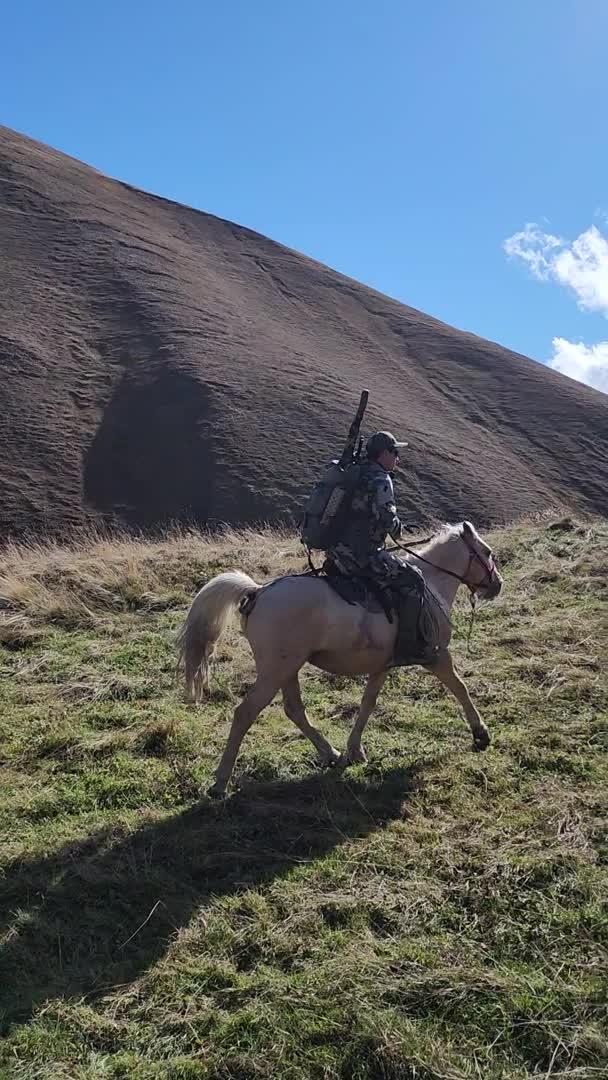
I love log cabins and it’s surrounding peaceful nature. Six yrs ago when we’re house hunting, there was this house with an indoor layout designed like a log cabin. It was amazingly homey and comfy, but couldn’t afford of course. I’ve never been in a log cabin in the woods or up in the mountains. They look so cool, relaxing, peaceful and a perfect place to relax and retire, but my fear of wild animals weigh more than my log cabin love. Don’t want to open the door greeted by a grizzly bear or a wolf!
Post: 9 November 09:54















































